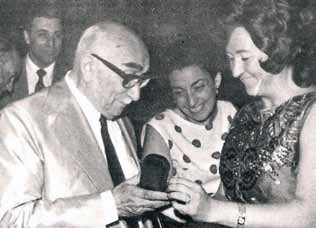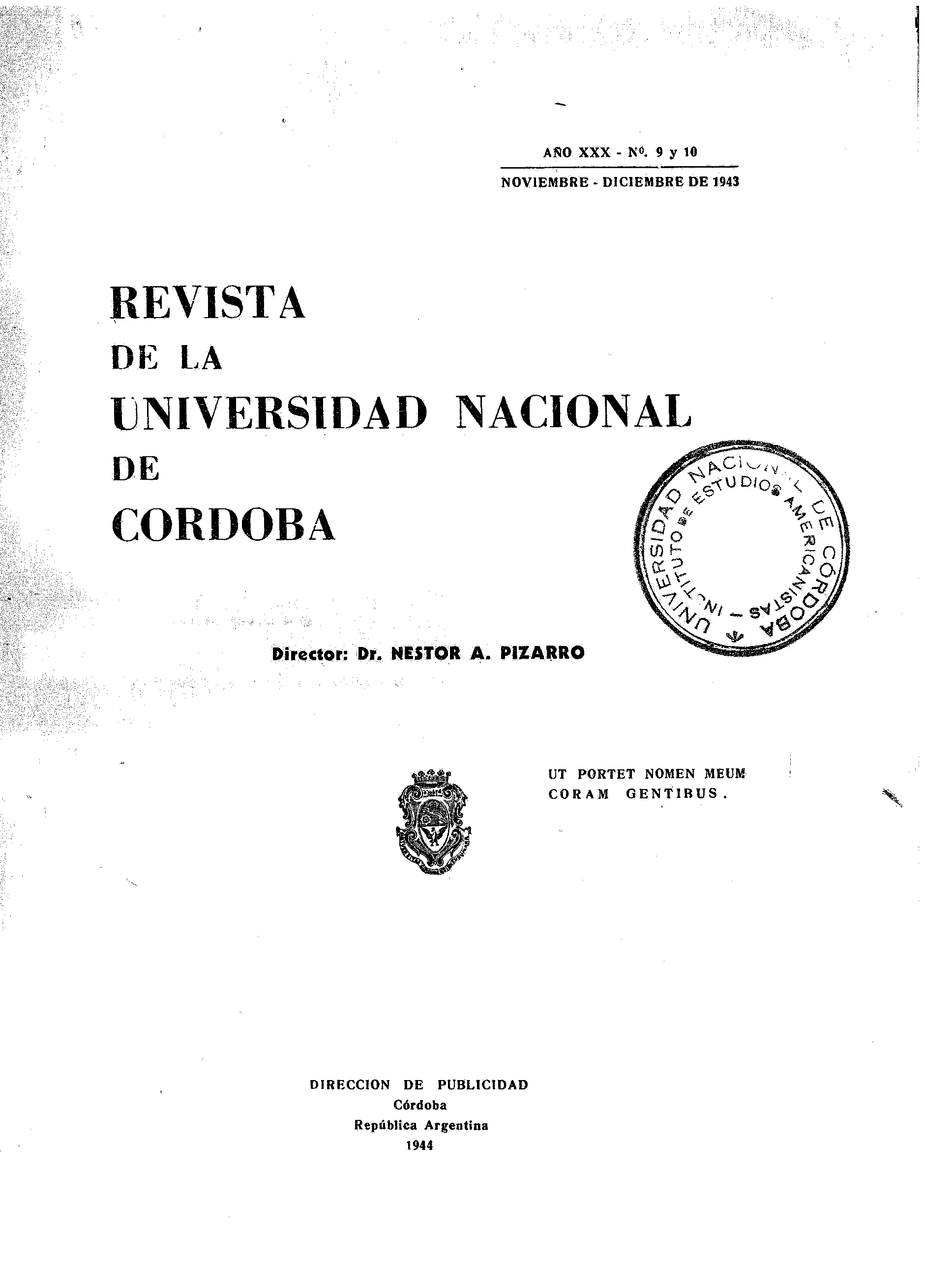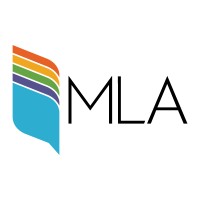The clay statues of Cordoba and their archaeological significance
Keywords:
Archaeology, Magnin Collection, Indigenous clothing, clay statuesAbstract
One of the most interesting chapters in the archaeology of Córdoba is the one that refers to its clay statuary. The Comechingones, as no others have been the bearers of this statuary, have left us with it along with an expression of their artistic sensibility, the most faithful document of their clothing, tattoos and ornaments.
Downloads
References
ARNOT JUAN.- Arte simbólica y decorativa entre los indios del Chaco. En Revista Geográfica Americana, No. 71, Agosto 1939, pág. 124, Buenos Aires.
BARZANA ALONSO DE. - Carta del P.... a su Provincial (1594) en Relaciones Geográficas de Indias, t. II, ap. III.
(bis) CARRION CACHOT RESECA. - La indumentaria en la antigua cultura do Paracas, en Wira Kocha. Vol. I, pág. 37, Lima 1931.
CIEZA DE LEON PEDRO. -Tercero libro de las guerras civiles del Perú el cual se llama La Guerra de Quito. En Historiadores de Indias, t. II (Edición de Serrano y Sans). Madrid 1909.
FEJOS PAUL. - Ethnography of the Jagua, New York 1943.
FERNANDEZ DIEGO. - Primera parte de la Historia del Perú. Tomo II. Edición de la Biblioteca Hispania. Madrid 1914.
GARDNER G. A. -Roek-paintings of north west Córdoba. Oxford 1931.
GARDNER G. A. -Comechingon pottery en Proceedings of the Twenty Third International Congress of Americanists (1928) Washington, 1931, pág. 313.
GONZALEZ ALBERTO REX. - Arqueología del Yacimiento indígena de Villa Ruminal (Provincia de Córdoba). Publicaciones del Instituto de Arqueología, Lingüística y Folklore Dr. Pablo Cabrera, Nº. 4, Córdoba, 1943.
GONZALEZ ALBERTO REX. - Las figuras arcaicas de los yacimientos de Córdoba, en Revista Geográfica Americana, Nº. 117, junio 1943, pág. 345, Buenos Aires.
LATCHAM RICARDO E. - Arqueología de la región atacameña. Santiago de Chile 1938.
LOBET DE TABBUSH BERTHA J. - Figuritas humanas en terracota del territorio argentino, en Anales del Instituto de Etnografía Americana, t. IV, Mendoza 1943, pág. 249.
MAGNIN JORGE V. - El vestido y el adorno en las figuras iconográficas indígenas de San Roque (Punilla, Córdoba) en revista de la Universidad Nacional de Córdoba, año XXIV, Nº. 1-2 (mayo-abril de 1937) pág. 130.
MONTEL COSTA. - Dress and ornaments in ancient Perú, Oxford 1929.
OUTES FELIX F. - Los tiempos prehist¡óricos en la provincia de Córdoba, en Revista del Museo de La Plata, tomo XVII, pág. 261. Bue-nos Aires 1911.
Relación Anónima de una expedición a la comarca de Córdoba, en RICARDO JAIMES FREYRE, El Tucumán Colonial. Vol. I, Buenos Aires 1915, pág. 727.
SOTELO NARVAEZ PEDRO. - Relación de las Provincias de Tucumán al Presidente de la audiencia de Charcas, en RICARDO JAIMES FREYRE El Tucumán Colonial, Vol. I, Buenos Aires 1915, pág. 83.
SPINDEN HERBERT J. - Ancient civilizatiolis of México and Central América, New York 1926.
JACOVILEFF E. y MUELLE J. C. - Un fardo funerario de Paracas, en Revista del Museo Nacional, tomo III, pág. 63, Lima 1934.
VALCARCEL LUIS E. - Esculturas de Pikillajta., en Revista del Museo Nacional, t. II, pág. 21, Lima 1933.
VIGNATI MILCIADES A. - El arte parietal indígena en Máscaras al Norte de la Provincia de Córdoba, en Revista del Museo de La Plata, IV, Antropología Nº. 14, 1939.
WAGNER EMILIO R. y DUNCAN. -La civilización chaco-santiagueña y sus correlaciones con las del viejo y nuevo mundo, Tomo I, Buenos Aires 1934.
WYLER DE CASTELLANOS BERTHA. -Manifestaciones coroplásticas en el Valle de los Reartes (Prov. de Córdoba) en Revista de la Universidad Nacional de Córdoba, año XI, 1924 (tirada aparte).
Downloads
Published
How to Cite
Issue
Section
License
Copyright (c) 1944 Universidad Nacional de Córdoba

This work is licensed under a Creative Commons Attribution-NonCommercial-ShareAlike 4.0 International License.
Commercial use of the original work and any derivative works is not permitted, and distribution of derivative works must be made under a license equal to that which governs the original work.







